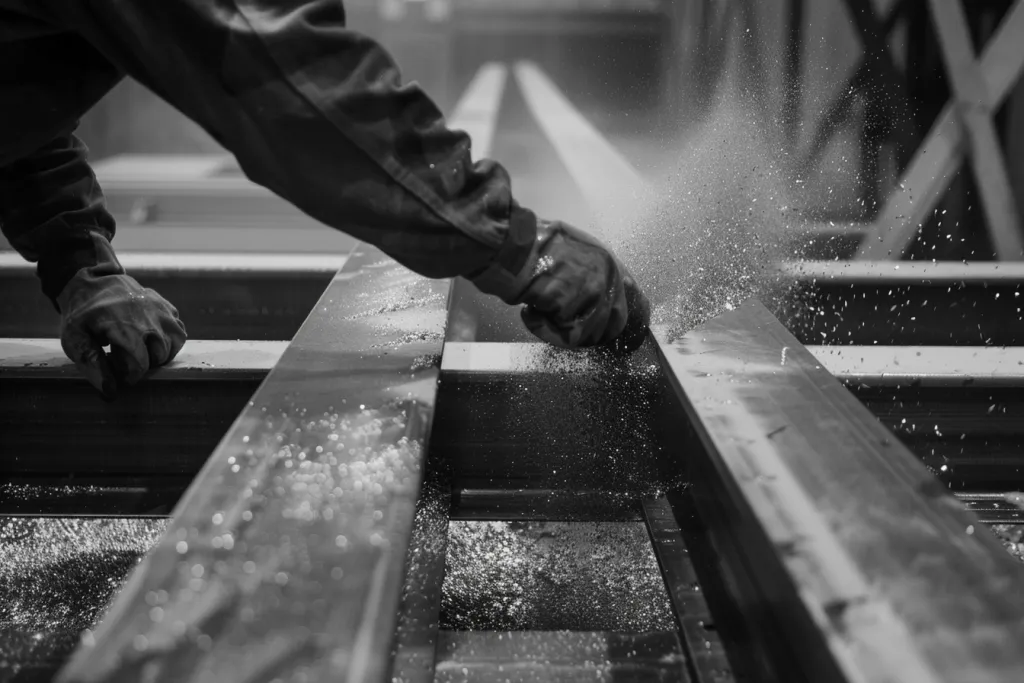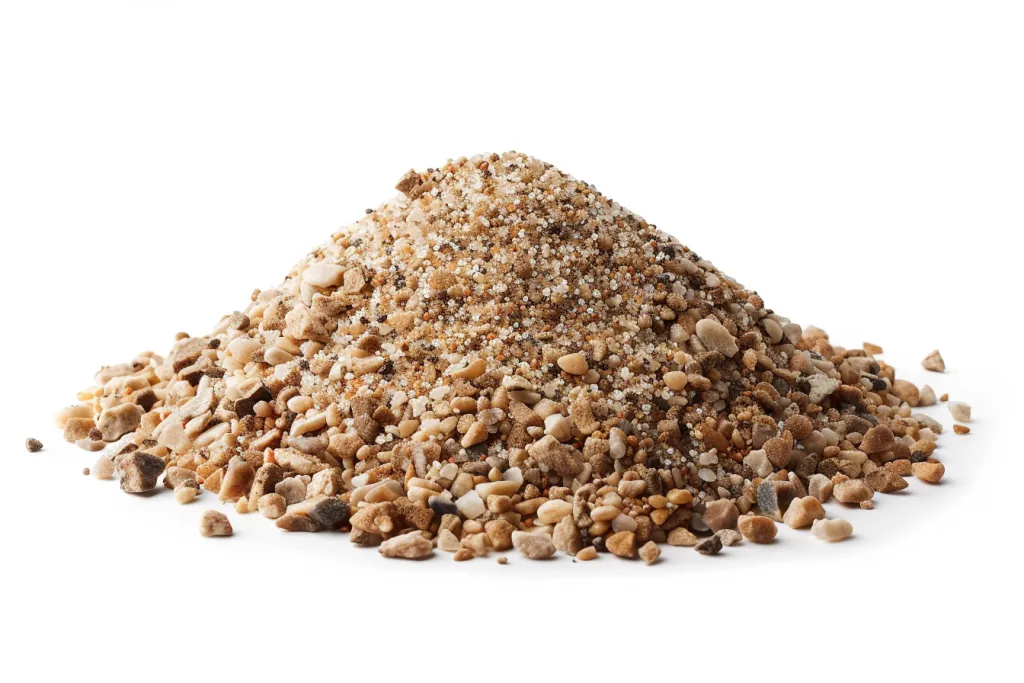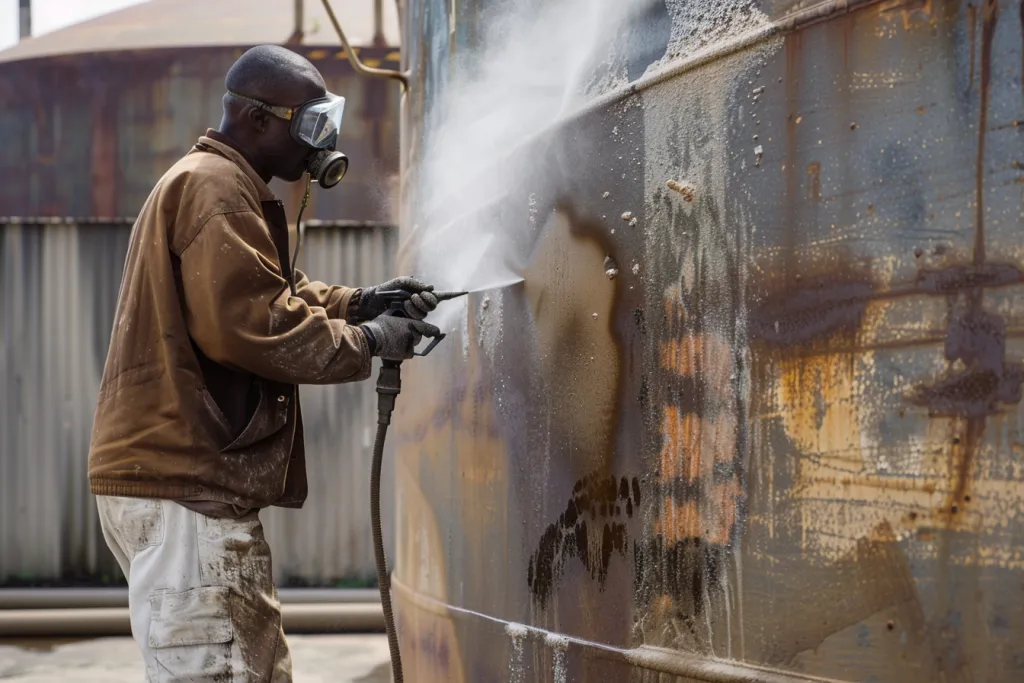Sand blasting sand is an essential tool in the machinery world, known for its versatility and effectiveness in surface preparation and cleaning. This comprehensive guide delves into the nitty-gritty of sand blasting sand, from its fundamental properties to its practical applications, cost considerations, and top recommendations. Whether you’re a seasoned professional or a curious newcomer, this article is your gateway to mastering sand blasting sand.
Table of Contents:
1. What is sand blasting sand?
2. How does sand blasting sand work?
3. How to use sand blasting sand
4. How much does sand blasting sand cost?
5. Top sand blasting sand picks
What is sand blasting sand?

Sand blasting sand, often referred to simply as blasting sand, is a type of abrasive material used in the process of sandblasting. This technique involves propelling fine particles at high speeds to clean or modify the surface texture of various materials. The sand used in this process is specially designed to be hard enough to remove contaminants and coatings without damaging the underlying material. It comes in different grit sizes, which can be selected based on the specific requirements of the project at hand. The choice of sand is critical, as it directly impacts the efficiency and outcome of the sandblasting process.
How does sand blasting sand work?

The working principle of sand blasting sand revolves around the process of abrasion. When propelled at high velocities using a sandblaster, the sand particles strike the surface being treated, effectively removing rust, paint, or other coatings. This is achieved through a combination of mechanical force and the abrasive nature of the sand. The effectiveness of sand blasting sand is determined by several factors, including the hardness of the abrasive, its size, shape, and the velocity at which it is projected. The process not only cleans surfaces but also creates a rough texture, enhancing the adhesion of new coatings.
How to use sand blasting sand

Using sand blasting sand requires a sandblasting machine, which consists of an air compressor, a blasting pot for holding the sand, and a nozzle for directing the abrasive particles. Safety is paramount when sandblasting, so proper protective gear, including gloves, goggles, and a respirator, is essential. The process begins by filling the blasting pot with the sand, adjusting the pressure on the air compressor, and then directing the nozzle at the surface to be cleaned. It’s important to maintain a consistent distance and angle to achieve an even finish. After blasting, the surface should be thoroughly inspected and cleaned to remove any residual sand.
How much does sand blasting sand cost?

The cost of sand blasting sand varies depending on several factors, including the type of sand, its grit size, and the quantity purchased. Generally, prices can range from $20 to $100 per 50-pound bag. Bulk purchases often come with discounts, making them more economical for large-scale projects. It’s also worth considering the cost-effectiveness of different types of sand, as some may offer a better balance of price and performance for specific applications. When budgeting for a sandblasting project, it’s crucial to factor in the cost of the sand, as well as the rental or purchase of sandblasting equipment and safety gear.
Top sand blasting sand picks

Selecting the right sand blasting sand is crucial for achieving the desired results. Some of the top picks in the market include aluminum oxide, known for its hardness and durability, making it ideal for heavy-duty blasting projects. Silicon carbide is another excellent choice, offering even greater hardness and faster cutting action. For more delicate surfaces, glass beads provide a gentler alternative, producing a smoother finish without significant material removal. Each type of sand has its unique advantages, and the best choice will depend on the specific requirements of the project.
Conclusion:
Sand blasting sand is a versatile and effective tool for surface preparation and cleaning. Understanding its properties, how it works, and how to use it safely and efficiently can significantly enhance the outcome of your projects. With a range of options available, selecting the right sand blasting sand is crucial for achieving the desired finish. Whether you’re dealing with rust, old paint, or simply preparing a surface for a new coating, sand blasting sand can help you achieve professional-grade results.



